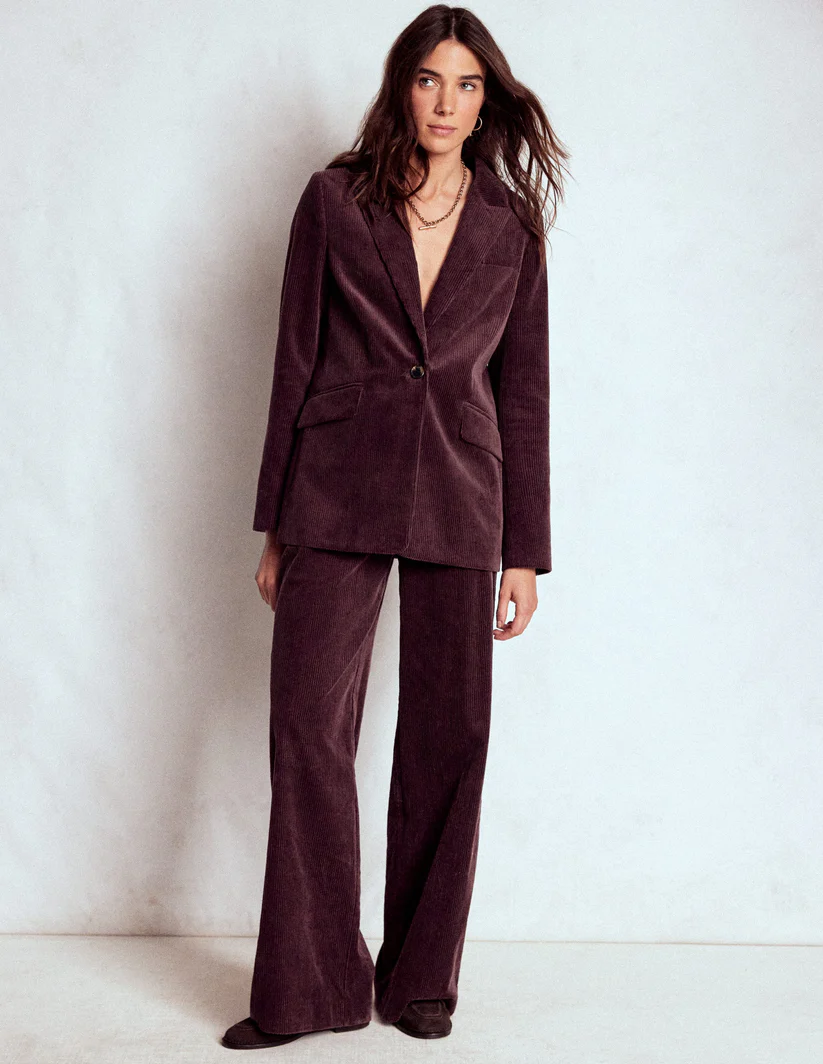
Waking up to breakouts on your face happens (at some point in our lives) to everyone—and fortunately most of us are well versed in the tips, tricks, and products needed to help treat facial acne. From applying spot patches to using salicylic acid face washes and clay masks, most of us have a pretty solid game plan when it comes to dealing with an unwanted pimple.
But what about those painful spots that appear on your back, shoulders, and even your chest? Less discussed, but actually just as common as facial acne, body acne (often referred to as ‘bacne’) can feel like a whole new ball game, no matter how accustomed you are to dealing with facial breakouts. Body acne breakouts are often painful and deep-rooted, and since they can also be hard to reach, they can be much harder to treat.
So how do you get rid of body acne? Here’s how dermatologists recommend getting rid of those unwanted bacne breakouts quickly — plus how to prevent them from occurring again.
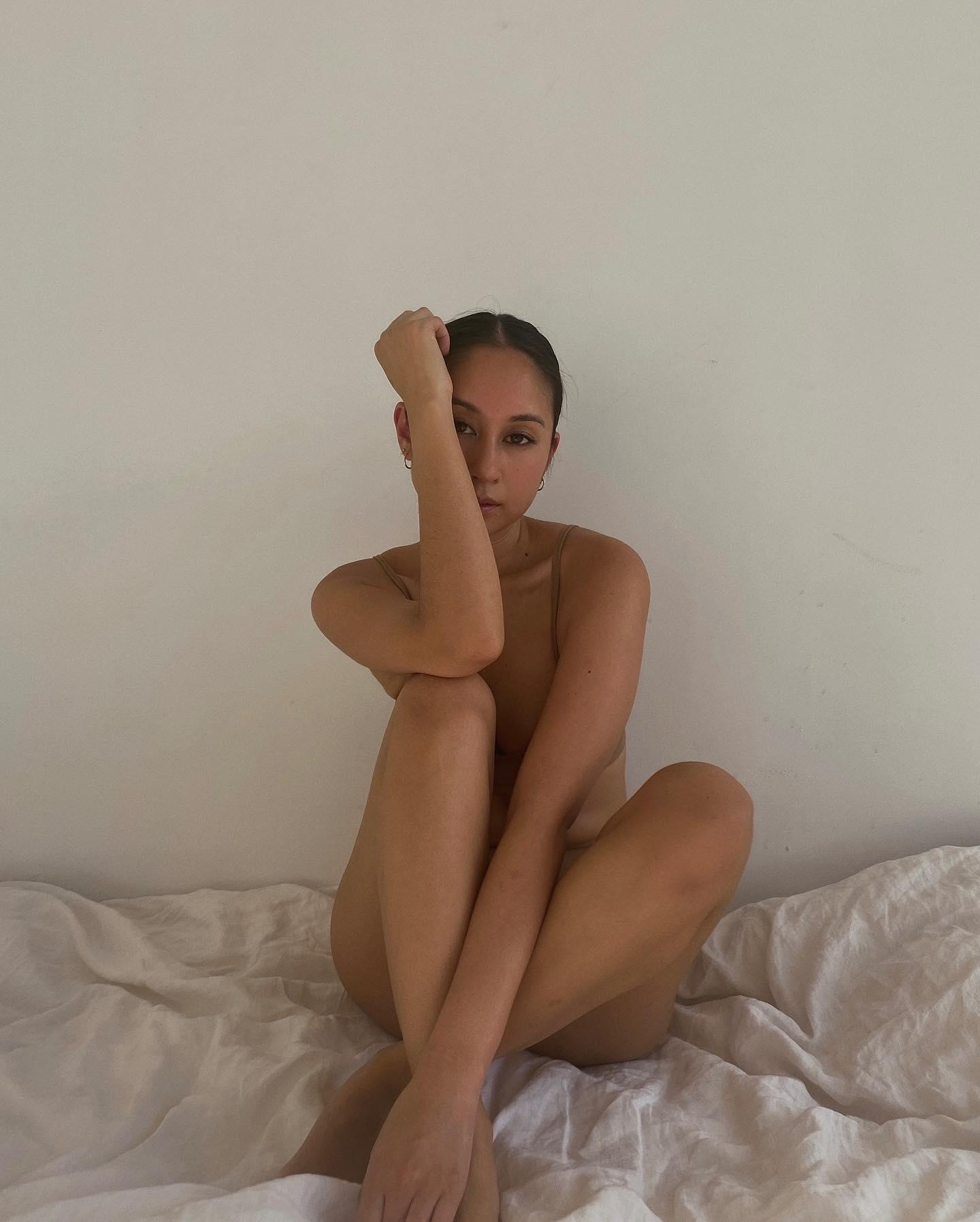
There are plenty of ways to treat body acne, but first of all, it’s important to understand the basics of how acne occurs in the first place. “Acne is a disorder of the pilosebaceous unit of the skin – this consists of a hair follicle and a sebaceous (or oil) gland. Acne occurs when the pilosebaceous units become blocked or inflamed,” explains Anjali Mahto, consultant dermatologist at Self London. “This then leads to the formation of whiteheads, blackheads, papules, and pustules.” Since we have hair follicles (pores) all over our bodies, this process of blockage and inflammation can occur literally anywhere on our skin. Which explains why you might experience a seemingly random spot on your neck or bum, and also larger breakouts across your back or shoulders.
If you’re wondering why your body acne seems to appear in certain areas, there is some logic to it. “We have the highest proportion of oil glands on our face (the T-zone area) but they can also be found in higher concentrations on the chest, back and shoulders too,” explains Mahto. “As a result, this is why we predominantly tend to find body acne more in these areas.”
Our genetics are one of the determining factors behind acne, since they dictate how our bodies produce oil and shed dead skin cells. But there are also external factors that can contribute to body acne breakouts. According to dermatologist Zainab Laftah, friction and sweating are two of the biggest triggers of body acne flare ups. “Sweating is increased during the summer to help regulate basal body temperature, so this can lead to blockage of pores and blemishes,” she explains. Of course, while you may experience an increase in body acne during the warmer months for this reason, if you have a lifestyle that causes you to sweat, this can also impact you throughout the year. “Exercise can cause blockage of pores from sweating and build up of oil, bacteria and dirt thus leading to acne breakouts,” Laftah adds. “Therefore washing immediately after exercising and wearing loose breathable clothing is recommended.”
“A lot of exercise clothing is tight fitting which can trap bacteria and sweat on the skin, leading to the develop of a C.acnes as mentioned previously,” agrees Mahto. “I’d always recommend changing out of sweaty exercise clothes and showering as soon as possible after your workout.”
As with all types of acne, ingredients like salicylic acid and benzoyl peroxide are recommended for treating body acne. You just might have to look for them in a slightly different product format. “Salicylic acid or benzoyl peroxide body washes are a great place to start,” suggests Mahto. “But you don’t need to use a specific body wash either – you can use your facial cleanser that contains these ingredients on your body too.”
Mahto’s top tip for preventing body acne from occurring it to ensure that you are thoroughly washing your body each day, particularly after exercise. “The longer you leave it before showering, the more chance a bacteria known as C.acnes has to develop which can result in acne formation,” she explains.
In addition, Laftah recommends considering leave-on products such as serums or masks to help get rid of body acne. “Salicylic acid is my top recommendation for body acne because it’s oil soluble, so it penetrates deep into oil glands and unclogs pores,” she explains. “Benzoyl peroxide, azelaic acid and retinoids are further actives that help to treat body acne and target the inflammatory process, but if the above is not effective then see your GP or dermatologist for prescription grade treatments.”
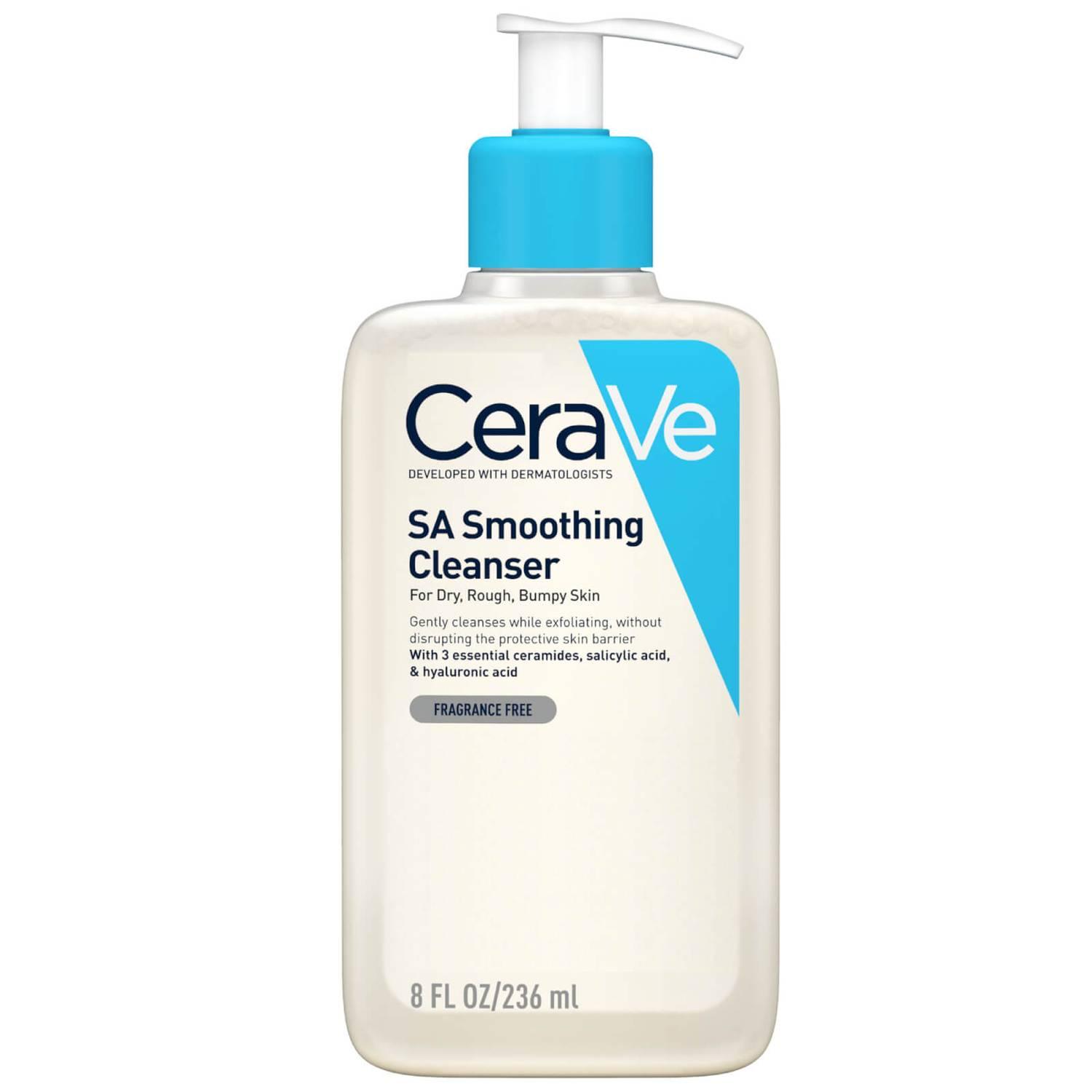
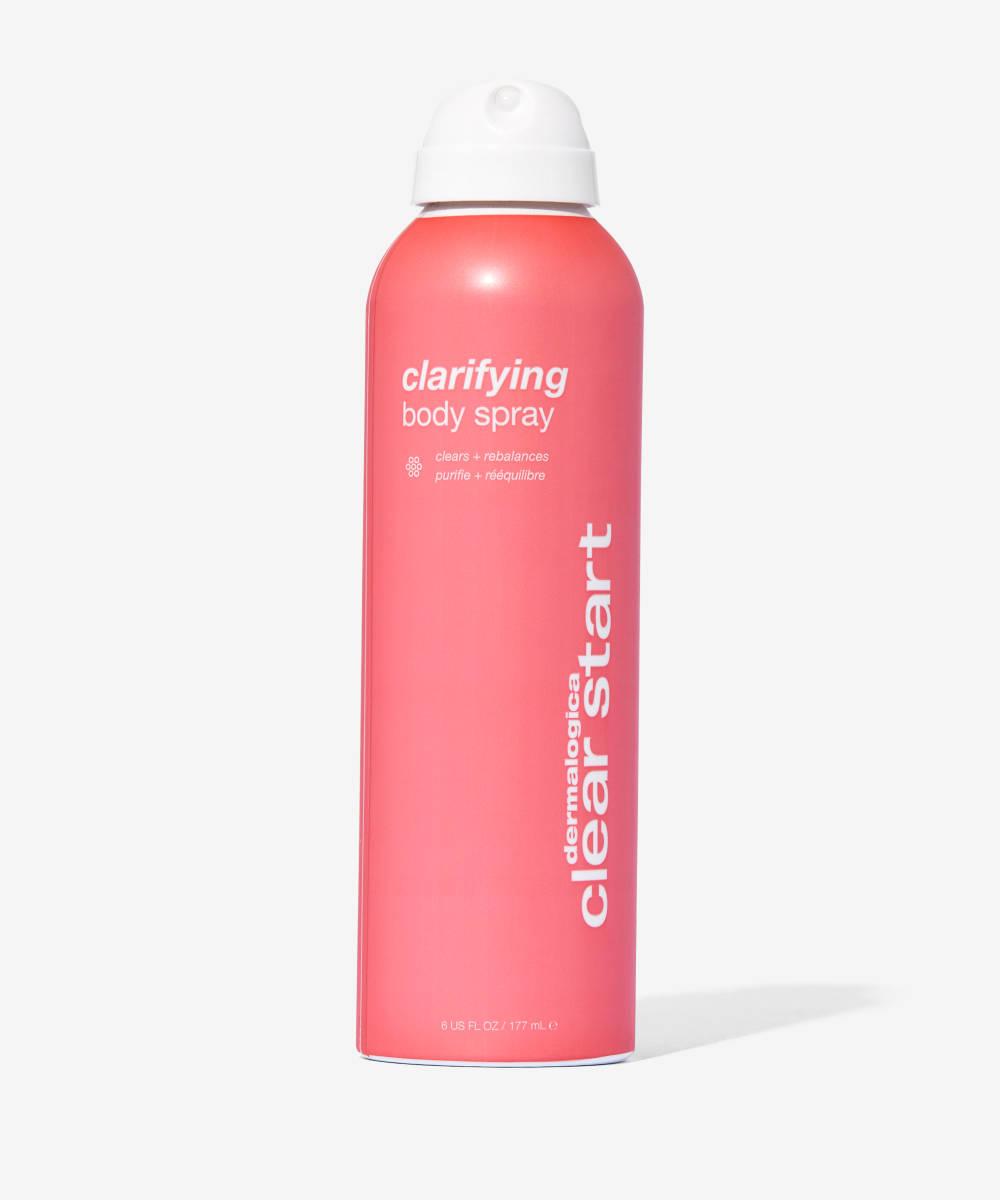
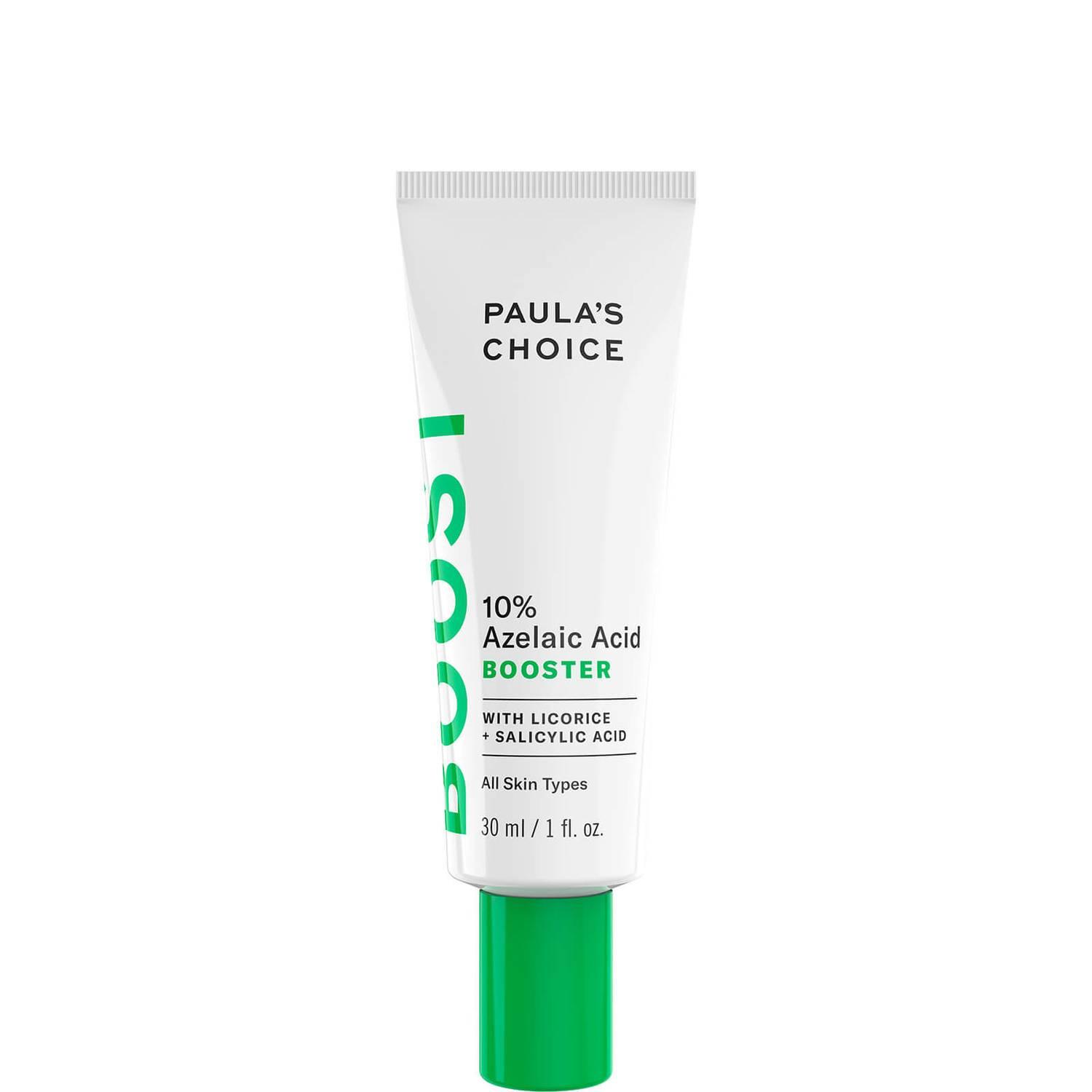
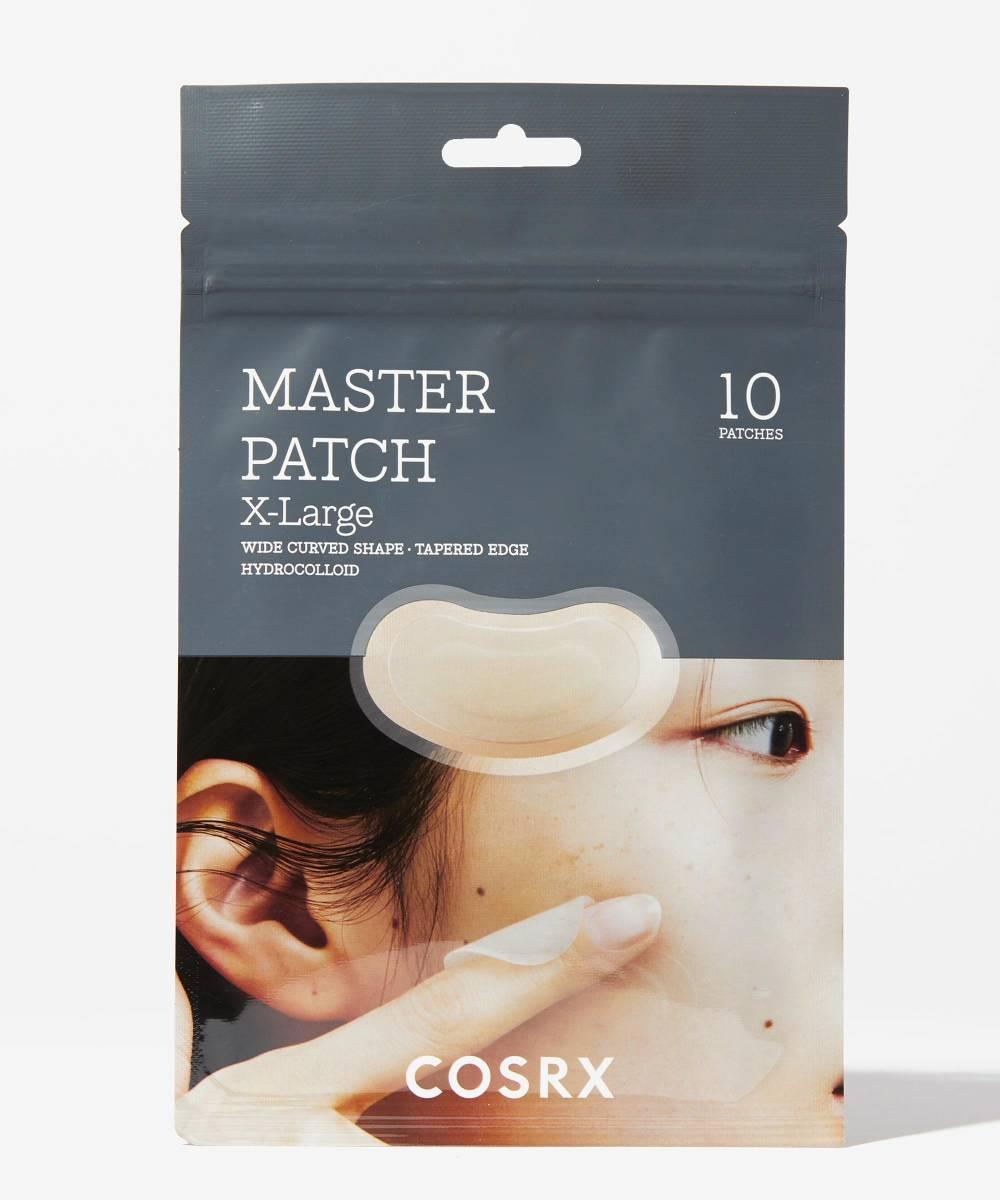
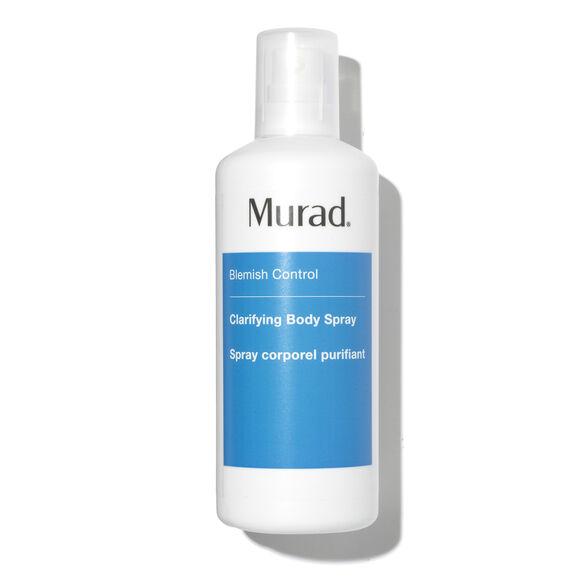

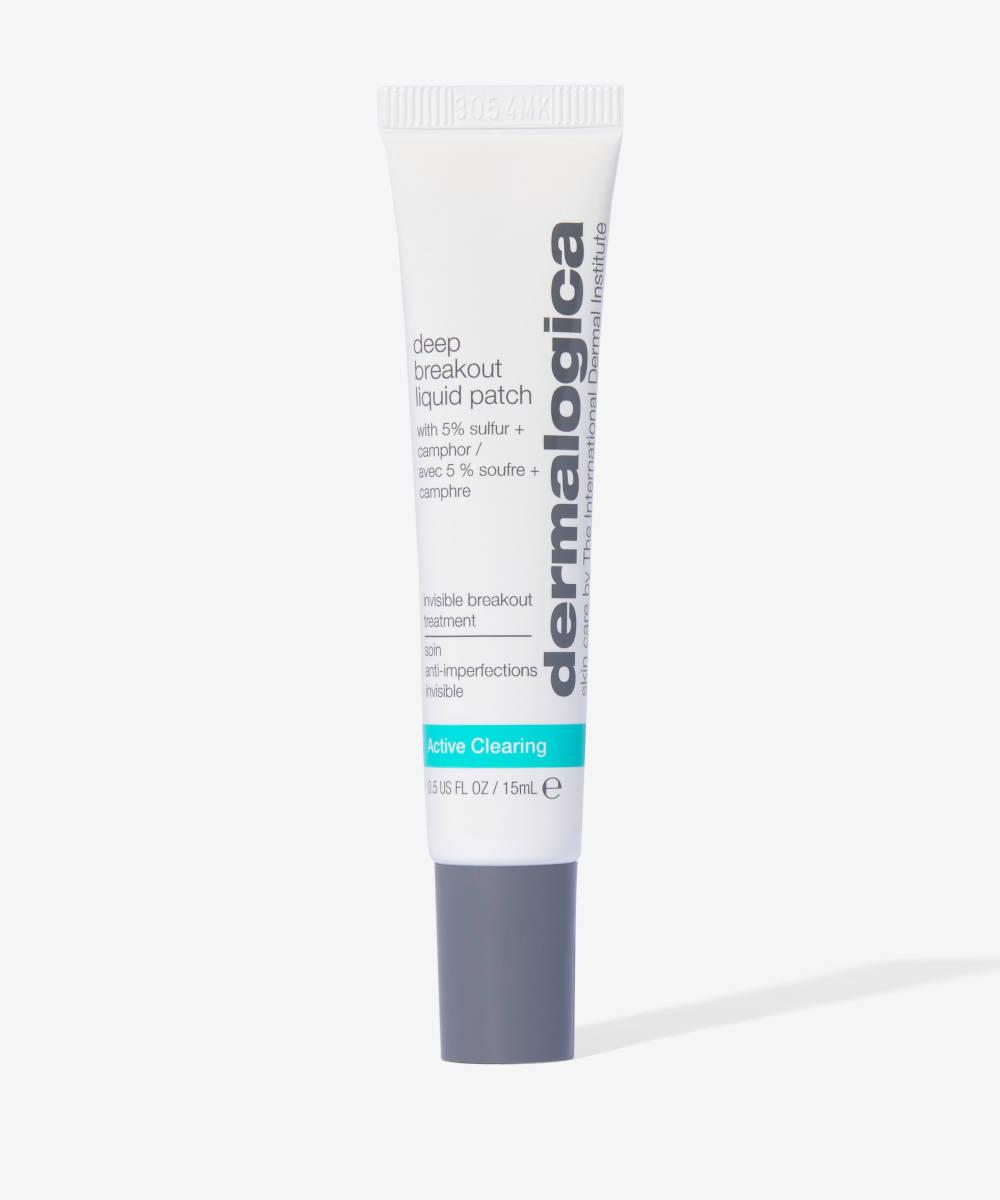
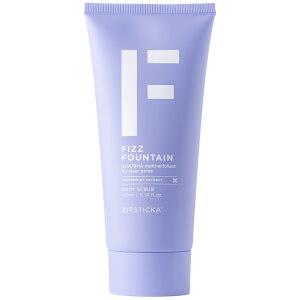
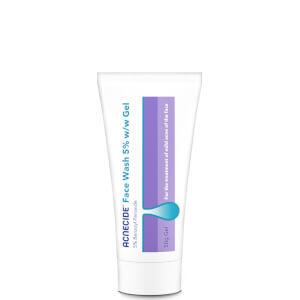
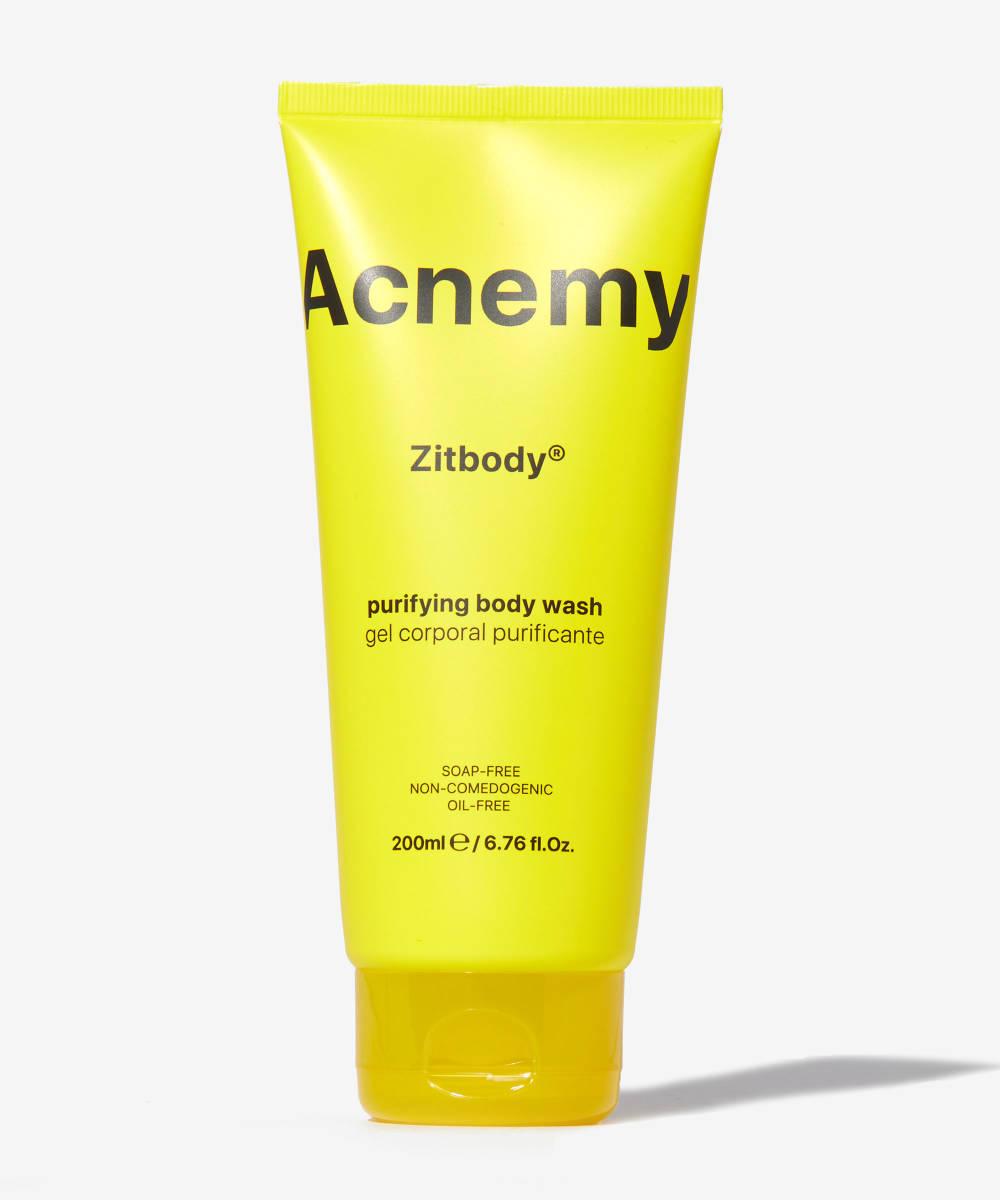
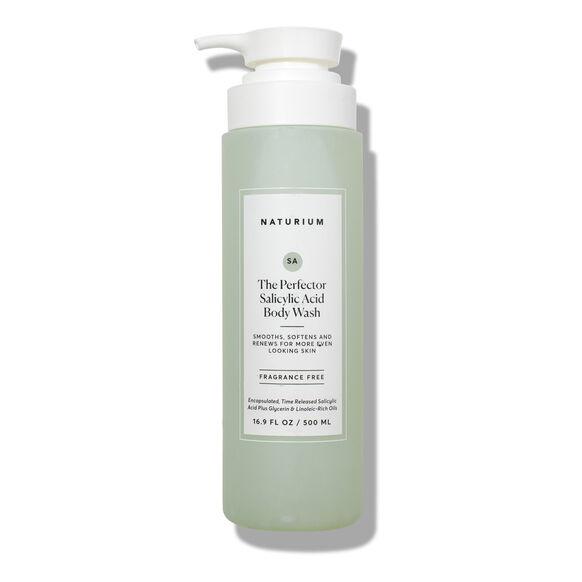
Next Up: “My Acne Is Gone”: The Acne Products That Actually Work



